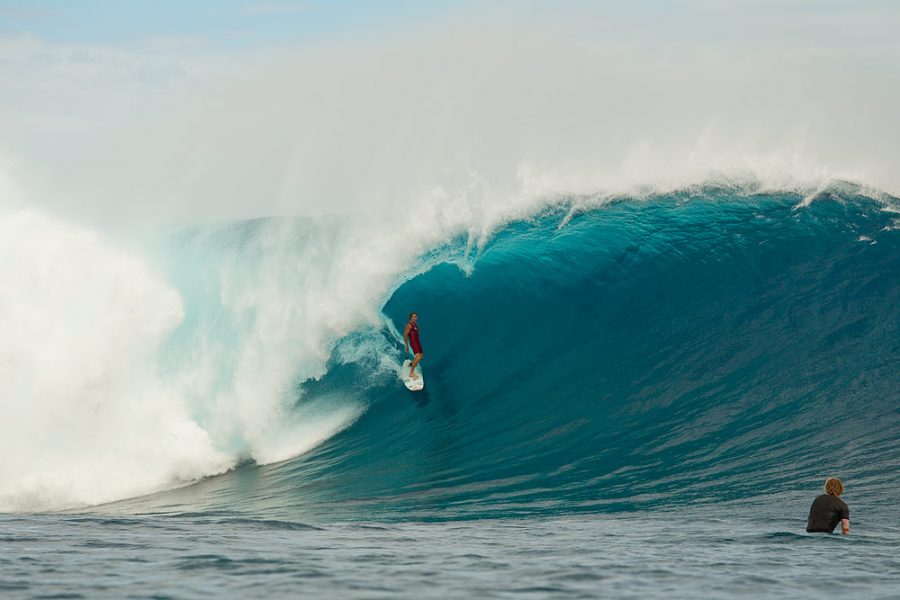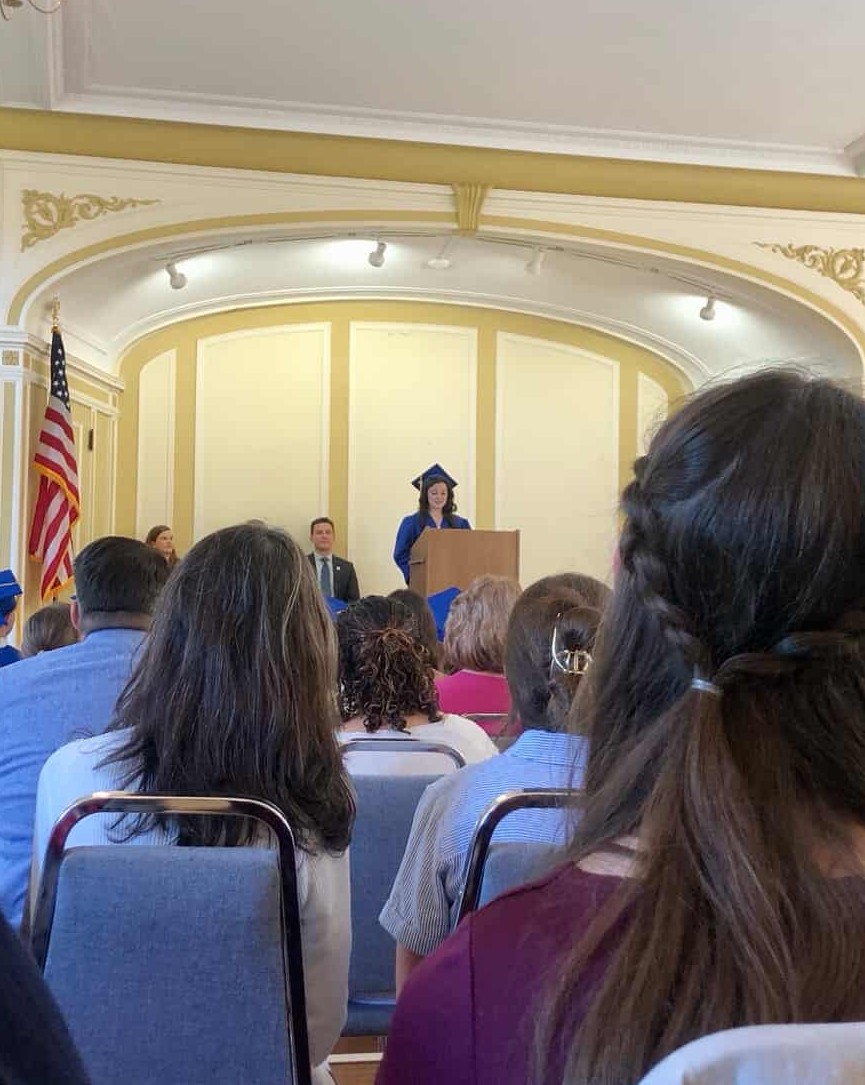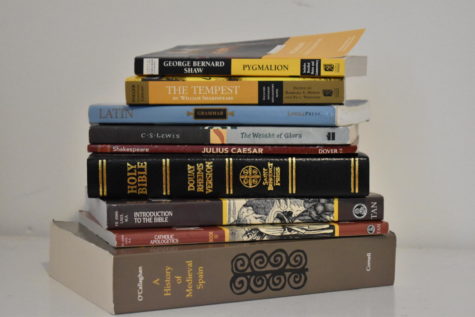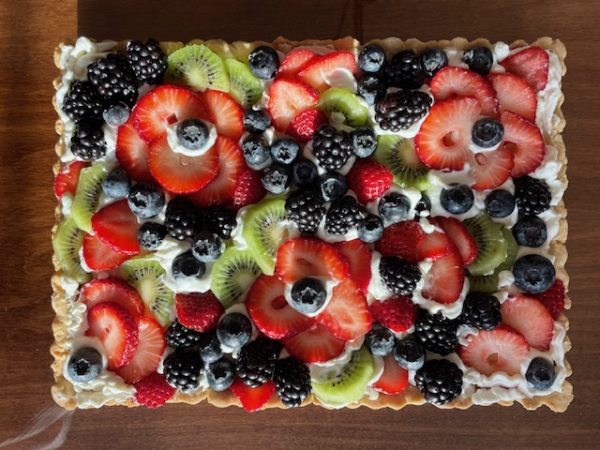Surfing’s Beginnings
April 20, 2016
If you’re planning a trip to the beach this summer, you’re most likely going to see surfers. Wearing wet suits and armed with surfboards of various lengths, people of all ages charge into the ocean to catch a wave or two.
People have marveled at these supposedly fearless ocean visitors, who brave the large waves and dangerous sea animals that accompany this art. One of the most popular ocean activities, surfing has a background as fascinating as the tricks that surfers perform.
In 1778, during his third expedition to the Pacific, Captain James Cook made the first recorded European visit to the Hawaiian Islands. After kidnapping the Hawaiian chief over a dispute concerning stolen goods, Cook was killed by native Hawaiians as a sort of retribution.
Lieutenant James King stepped up to take his place as commander of the Discovery, but before sailing back home to England, King observed natives of the Big Island surfing for fun.
He wrote a two-page description of the process of surfing in the ship’s log, describing the Hawaiians as “almost amphibious” in their ability to navigate the ocean, and carefully noting the oval pieces of wood that they used as surfboards.
Captain King’s two pages comprise the earliest known written information about surfing.
He wrote a two-page description of the process of surfing in the ship’s log, describing the Hawaiians as “almost amphibious” in their ability to navigate the ocean
It can only be guessed when surfing originated. Anthropologists estimate that it began sometime around 2000 BC, when the Polynesians migrated from Asia. Polynesians were creatures of the ocean by nature; they had a deep knowledge, respect and love for the sea.
Ending up at the Hawaiian Islands in the fourth century AD, they could not have chosen a more suitable home.
Surfing, the practice of lying down or standing up on boards in the ocean, became fundamental to Hawaiian culture. When the Discovery reached Hawaii, surfing had become more than a game: it was rooted in the Hawaiians’ religion, geography and even day-to-day work.
Future husbands and wives met while surfing. Heroic deeds occurred in the ocean. When surfing conditions were perfect, it was thought of as a sign of the gods’ favor.
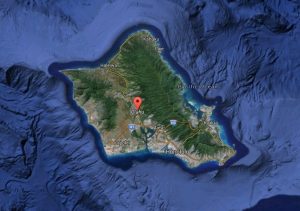
Places had been named after famous surfing incidents, such as Oahu. Oahu (then Kalehuawehe) was named following a commoner’s mistake of catching the same wave as a chiefess, a forbidden practice.
Any Hawaiian, whether a chief or a peasant, could become famous for their skill in surfing.
As European contact with Hawaii grew, surfing declined for 150 years. In the 1820’s, Calvinists arrived in Hawaii seeking converts. The Calvinists condemned surfing as an immoral practice, banning Hawaiians from it by 1830.
The art became a forbidden pleasure, enjoyed only by the sneakiest and bravest Hawaiians. Though the heavy Calvinist influence did not last forever, more and more Europeans visited the islands, and Hawaiian culture slowly died out.
Surfing had almost vanished in Hawaii by the beginning of the 1900’s.
The events that would follow would not only spark a revival of surfing, but also be partially accomplished by some unlikely characters: the white men, the foreigners who had stamped out Hawaiian culture in the first place.
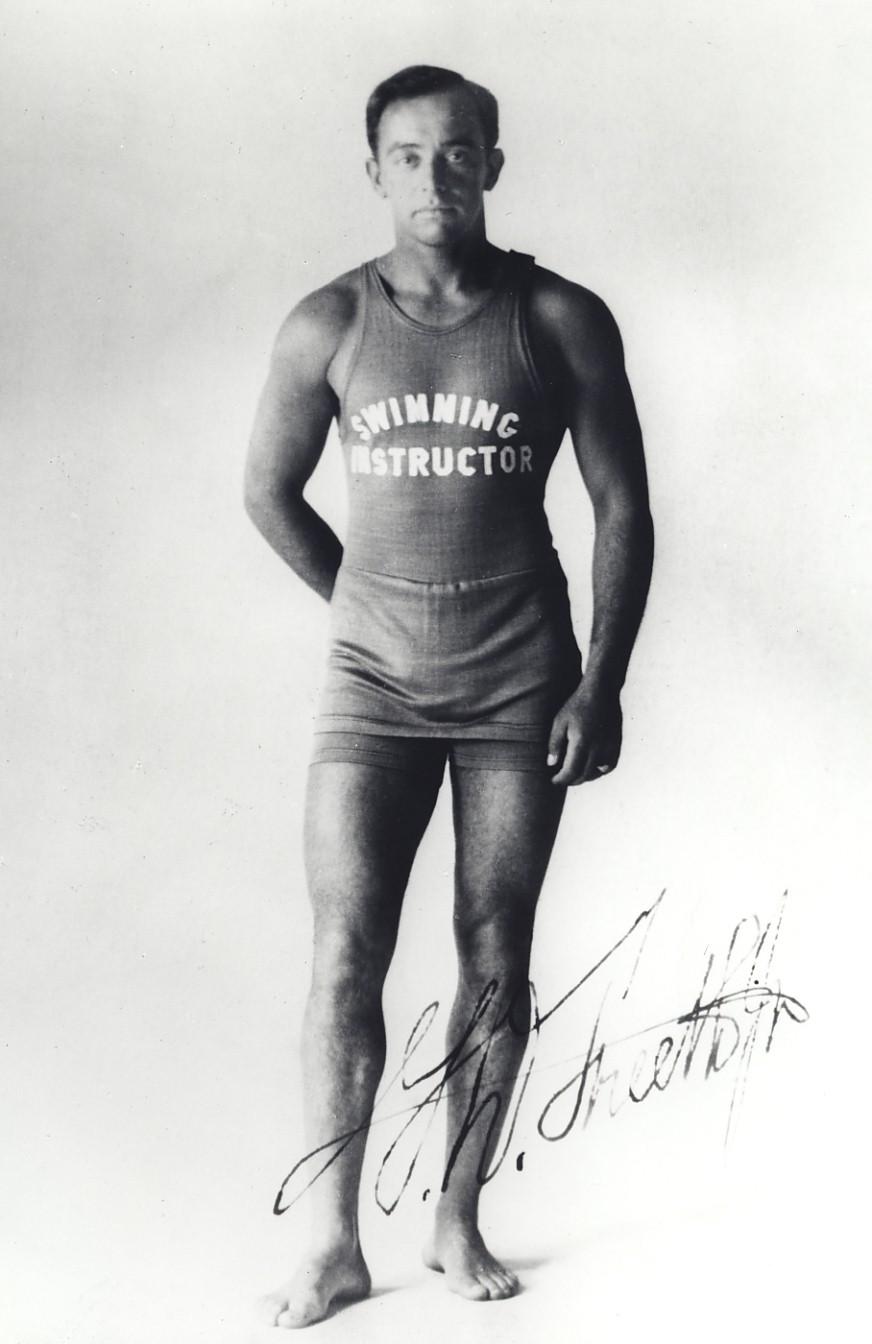
In 1907, best-selling author Jack London came to Hawaii on a vacation trip. While perusing a local Hawaiian swimming club, London was introduced to Alexander Hume Ford, an American journalist with a passion for the ocean. London was taught how to surf by Ford, and fell in love with the practice immediately.
These two men made the acquaintance of George Freeth, a Hawaiian boy who displayed unusual skill in the ocean.
London exercised his influence and celebrity status to arrange for Freeth to give a surfing demonstration in Southern California in order to promote a new railway.
Freeth accepted, and traveled to California in 1907. As a result of the demonstration, Freeth earned the title of “First Man to Surf in California”.
While this is not exactly true (there is a recording of three Hawaiian princes visiting California in 1885 to surf), Freeth is the first Hawaiian to become famous for doing so.
Freeth earned the title of “First Man to Surf in California”.
Both London and Ford wrote and campaigned about surfing and Freeth, piquing interest in the sport. Ford was even able to open the first modern surf club in Hawaii, Hawaiian Outrigger Canoe Club, in May 1908. By 1915, the number of surfers was drastically rising: there were 1200 members in the Canoe Club, and hundreds more on the waiting list.
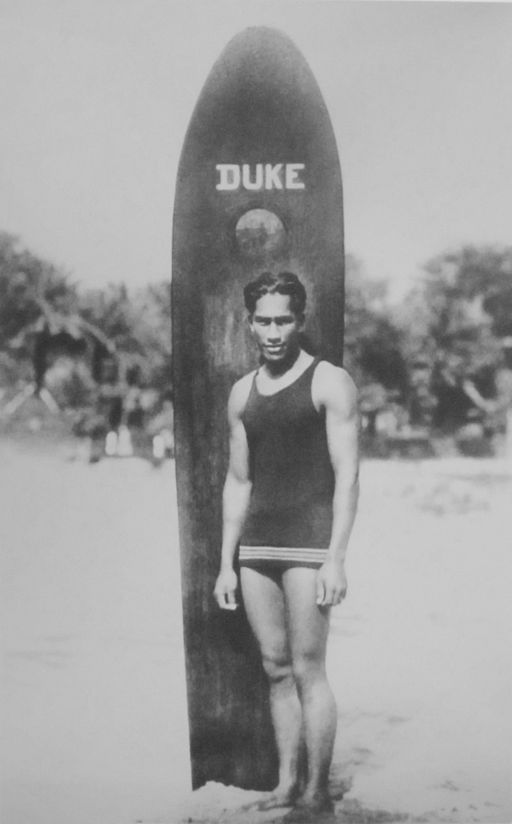
https://upload.wikimedia.org/wikipedia/commons/
In 1912, there arose another Hawaiian boy who would truly make surfing great. Duke Paoa Kahanamoku was widely known as one of the best surfers in Hawaii, credited with developing the flutter kick in freestyle swimming.
On the way to compete in the 1912 Sweden Olympics, Kahanamoku took a brief intermission in Southern California to enjoy the surf and instantly became a celebrity. His skill rivaled even George Freeth’s.
Kahanamoku went on to win two Olympic gold medals in swimming, and was called the “fastest swimmer alive”.
Kahanamoku was also an actor on the side, and used his compounded Hollywood and Olympic fame to promote surfing as much as possible. While visiting Australia in 1915, he demonstrated a few surfing tricks to the interested locals, who went wild with approval.
Thanks to Kahanamoku, surfing is one of the major attractions of Australia today.
Despite all this growth, surfing as we know it today did not actually begin until the late 1950’s. As the media became more involved, the popularity of surfing spread faster, leading men and women from all over the world to California in droves.
There are now multiple surfing magazines, books, websites and blogs. There’s even surfing music, such as the music played by the band “The Beach Boys”.
Surfing gear has become more innovative, leading to the development of countless aids: surfing wax to help keep surfers on their boards, surfing leashes to keep boards from being lost in the waves, surfboards being changed from wood to fiberglass for maximum maneuverability and comfort, and many other additions.
Nobody knows for sure just how many surfers are in the world today; it is estimated that there are anywhere from 5 to 23 million, with 2.4 million in the USA alone.
California remains an ever-popular surfing destination, with tourists flocking to its coasts year-round.
Though surfing has been greatly commercialized since the times of the early Polynesians, the purpose is still the same: enjoy the ocean and have fun!
In my opinion, there are few thrills comparable to the feeling of being carried to shore on a wall of blue water, and I’m sure that the global network of surfers would agree.
The ancient Hawaiians would surely be proud to see that their favorite cultural sport is still thriving in our modern day and age.

